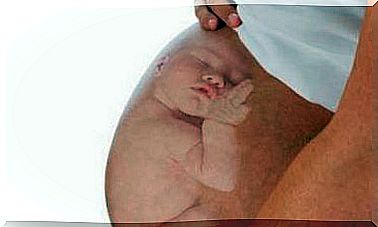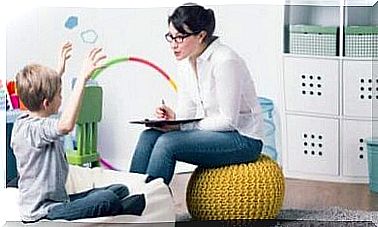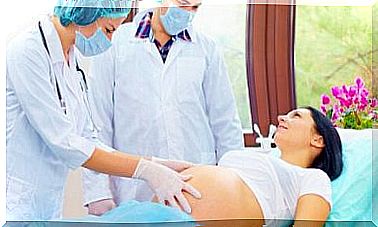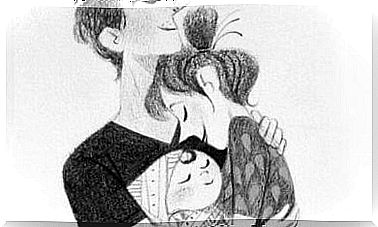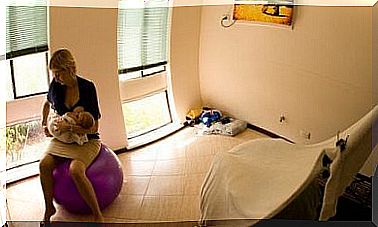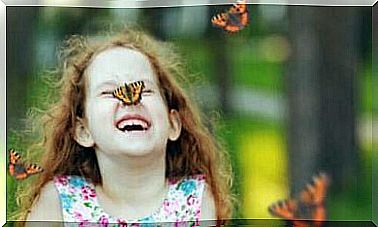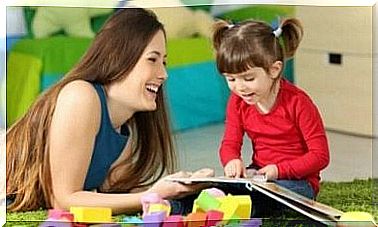A Bump On The Head: What Should We Do?
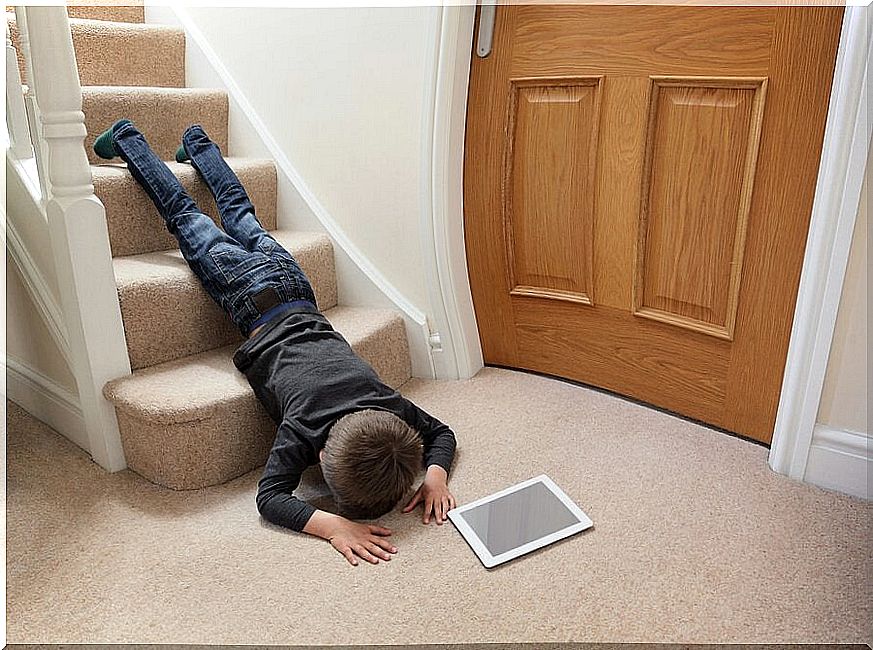
From the moment children start to walk, they can fall and develop a bump on the head.
It’s one of the most common accidents and while we shouldn’t be too worried, we should keep a close eye on it.
Depending on the seriousness of the accident, we must act quickly.
To avoid more serious problems and respond appropriately to a home accident, it is vital that parents are properly informed and know how to act when their child falls and develops a bump on their head.
A bump on the head: a common problem
A bump on the head is common from the moment a child begins to walk. Accidents can happen and both younger and older children can easily trip or even fall from a height and hurt their heads.
Of all childhood accidents, falls and a bump on the head are the most common. In fact, specialists have found that about 50% of head blows occur in children under the age of 15.
The most dangerous parts of the house for the little ones include changing mats, baby walkers, tables, bunk beds and chairs.
When the child is older, these accidents usually occur when they are playing sports or participating in some other physical activity.
How to react to blows to the head
It is essential that a child’s parents and relatives are well informed about what to do in the event of a bump on the head accident.
They must be able to treat the child and know when it is necessary to take the child to the doctor.
Observation
Observation is one of the most important things to keep in mind when a child bumps their head.
Parents must monitor their child for 72 hours after the accident. And rush him to the hospital in case of strange symptoms.
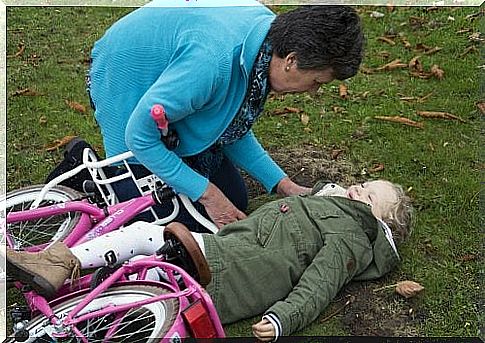
When should you go to the hospital?
There are certain symptoms that clearly indicate that a child needs to be taken to the hospital urgently. These symptoms are:
- Loss of consciousness (even temporary)
- Vomit
- Speech problems
- Loss of coordination
- Amnesia
Bumps and bruises
In most cases, blows to the head are usually nothing more than a little fright.
If the child has a bump, bruise or small cut, it is quite normal for him to feel discomfort and get a headache. In these cases, the parents should clean and treat the wounds and apply ice wrapped in a cloth.
While the blow may not seem too serious, the parents should be vigilant in these cases as well. If the bump or bulge gets bigger, it is advisable to go to the hospital as soon as possible.
skull fracture
If a skull fracture occurs or the child has any of the following symptoms, you should call emergency services or take the child to the hospital as soon as possible.
What are the symptoms of a skull fracture?
- Bloodshot eyes
- Bleeding from eyes or nose
- Loss of memory and coordination
- The bones of the head seem to move when touched
- Trouble speaking
- convulsions
- drowsiness
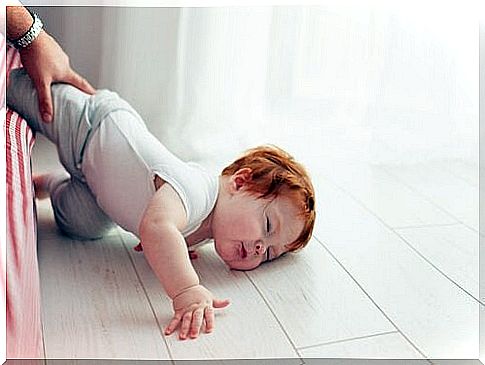
Caring for Babies
In the case of small babies, parents should be extra careful as the bones of the skull are still very soft. The baby should be monitored for several hours after the fall. And be taken to a doctor in the following situations:
- When the bump grows and becomes soft
- If they have trouble breathing
- drowsiness
- Irritability
- Vomiting, among other symptoms
However, the most common thing that happens after a bump is that the child will suffer from a headache. In most cases, this problem is solved with a little ice, a calm environment, and an age-appropriate pain reliever.
As we have seen, in the case of infants or older children, parents or adult relatives should be alert to possible symptoms. Symptoms that may indicate that the child needs professional help.
While a bump on the head is probably the most common childhood accident, we should also be very aware that the head is one of the most sensitive parts of the body.
Therefore, we need to be more vigilant in these situations. Observation is key for parents to determine if it is necessary to seek medical attention.
